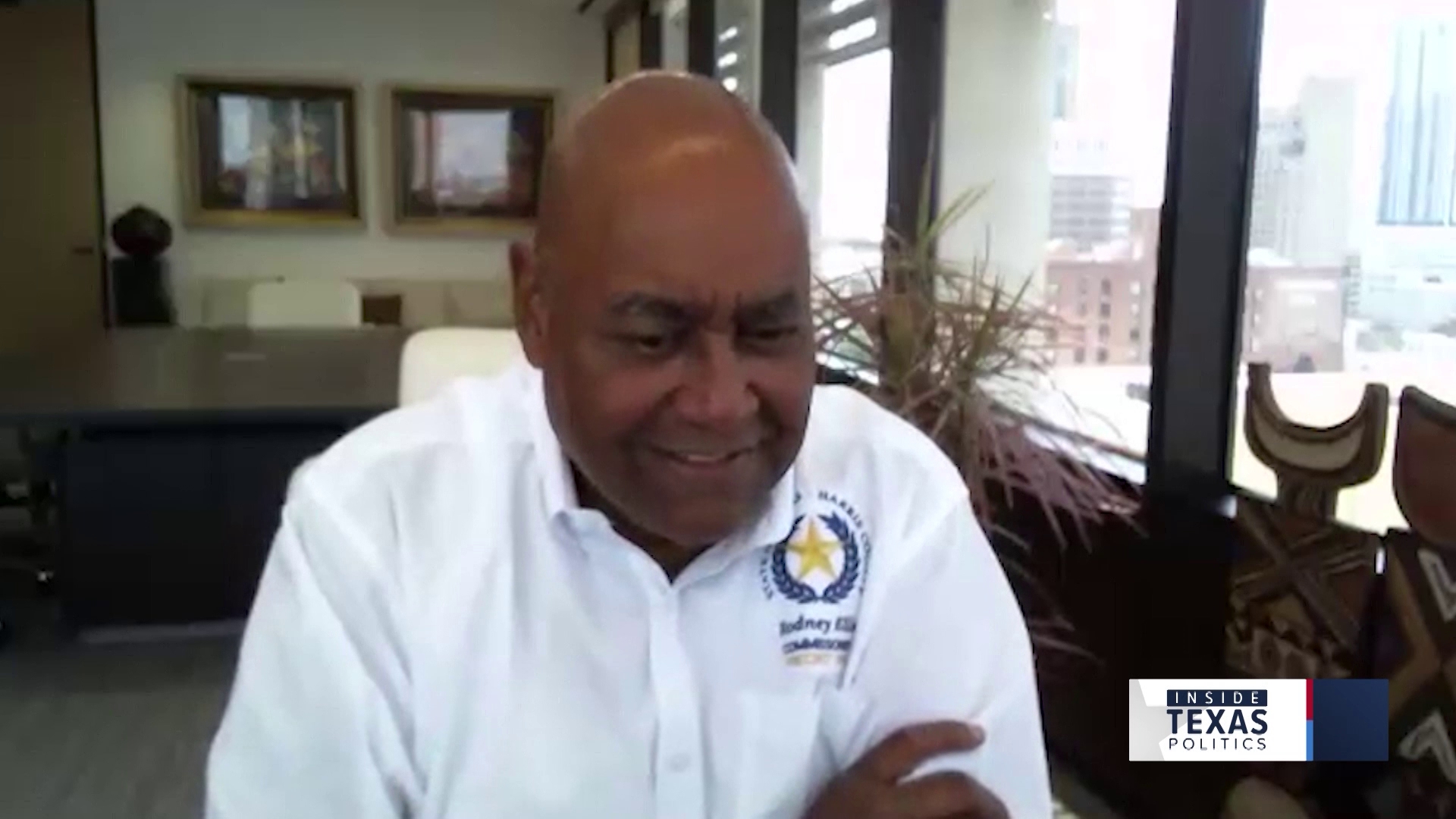HOUSTON — As residents are continuing to clean up after a rare derecho storm that tore through the Houston area on May 16, Harris County Precinct 1 Commissioner Rodney Ellis shared an early assessment of the damage left behind.
Ellis spoke to KHOU 11’s sister station WFAA in Dallas on Inside Texas Politics recently and shared that the rare derecho caused $5-8 billion in damage.
WATCH: Full interview with Harris County Precinct 1 Commissioner Rodney Ellis on Inside Texas Politics.
According to the NWS, a storm is classified as a derecho if the wind damage swath extends more than 240 miles and has wind gusts of at least 58 mph along most of the storm's path. It spawned confirmed EF-1 tornadoes in Cypress and Waller County and a track of widespread straight-line wind damage across Houston and Baytown.
Ellis said the event paralyzed the area so badly because folks there aren’t used to derechos, or even tornadoes.
“People couldn’t prepare because you don’t know it’s coming. People weren’t stocked with water, batteries or other essentials. It was just an incredible strain that it put on us,” the commissioner said on Inside Texas Politics. “You’re talking about 5:30 p.m. In 30 minutes, it wreaked havoc on a major metropolitan area in America.”
At least eight people died.
Nearly a million CenterPoint Energy customers lost power. The strong winds easily toppled huge transmission line towers, power poles and trees.
CenterPoint Energy said up to 98% of power has been restored since then, but it took more than 5,000 workers from utilities across Texas and several other states. That’s in addition to a couple thousand CenterPoint employees.
Downtown Houston, the management organization for the area, said around 4,000 windows were damaged downtown, and windows could be boarded up for months.
Ellis said area leaders will have to start looking at stronger standards for buildings to prepare for unanticipated events like a derecho. Those stronger building codes, he said, would help with hurricanes, too.
While the Houston area continues to clean up, they also have to prepare for hurricane season, which begins June 1.
“We’re going to be ready for what we’ve seen in the past. What we cannot say we’re ready for is what has never happened before,” Ellis said.

